Doug McGuff & John Little – Body By Science
Description:
This was the Book that was mentioned for Exercise by Anthony “Dream” Johnson and Drew Baye when they did their speeches for the 21 convention in Florida 2009. Its a book worth reading if you want to cut the bullshit and actually get results. The biggest problem is that people workout their muscles way to much, way too often and don’t give their bodies enough time to regenerate the muscle needed to compete with the stress the body has taken in a given time period.FROM THE PUBLISHER:Body by Science challenges everything you thought you knew about exercise and takes you deep inside your body’s inner workings–all the way down to the single cell–to explain what science now knows about the role of exercise in human health. With the help of medical diagrams and step-by-step photos, exercise scientist Doug McGuff, M.D., and weight-training pioneer John Little present a revolutionary new workout protocol that fully leverages the positive effects of high-intensity, low-frequency weight training, while avoiding the negative effects of traditional aerobic-centric exercise.By using a proper science-based approach to exercise you can be on your way to achieving the following in as little as 12 minutes a week:Build muscle size and strengthOptimize cardiovascular healthRamp up your metabolismLower cholesterolIncrease insulin sensitivityImprove flexibilityManage arthritis and chronic back painBuild bone densityReduce your risk for diabetes, cancer, heart attack, and moreBOOK REVIEW FROM DREW BAYE (Personal Trainer @ www.baye.com)If you buy only one book on exercise this year, get this one. If you buy only two books, get a second copy of it because you’re going to want to share it with friends, and if you’re a trainer you’re going to want to keep one at work to show clients. Body By Science explains the how and why of high intensity training, balancing enough scientific background to convey key principles and concepts without overwhelming the lay reader, and practical in-the-gym how-to. It is well organized, well researched, and well written, and an enjoyable and informative read. Every one of its eleven chapters contains a wealth of information, clearly explained with the assistance of numerous graphs and diagrams. The chapters include: 1. Defining Health, Fitness, and Exercise 2. Global metabolic Conditioning 3. The Dose-Response Relationship of Exercise 4. The Big-Five Workout 5. The Benefits of the Big-Five Workout 6. Enhancing the Body’s Response to Exercise 7. Tweaking the Exercise Stimulus 8. The Genetic Factor 9. The Science of Fat Loss 10. The Ideal Training Programs for Athletes 11. The Ideal Training Program for Seniors The book thoroughly and conclusively debunks the belief that aerobics or “cardio” is necessary for cardiovascular fitness or fat loss, and provides scientific explanations for why high intensity strength training is the most effective way to accomplish both of these. For those of you still harboring doubts about this, Body by Science will put them to rest. McGuff and Little also explain why high intensity strength training is the safest and most effective exercise protocol for improving: * resting metabolic rate * glucose metabolism * insulin sensitivity * body composition * cholesterol levels * blood pressure * bone mineral density * symptoms of arthritis * lower-back pain * and enhancing flexibility All of this is backed up by properly performed studies published in reputable, peer-reviewed scientific journals, comprising nearly 30 pages of references contained at the end of the book. Body By Science goes into great detail on the dose-response relationship of exercise and proves just how little high intensity exercise is actually required for best results – far less than many people believe – also backed up by scientific research and the results of a combined 30 years of supervising and tracking the progress of thousands of trainees through tens of thousands of workouts. While the book is not heavy on routines – and once you’ll read it you’ll understand why it doesn’t need to be – it offers a solid starting point along with recommendations for variations using different equipment and for more advanced trainees. It also covers the appropriate use of advanced high intensity training methods such as forced reps, partials, static holds, rest-pause, negative-only, SuperSlow and Max Contraction. Body By Science also explains the numerous genetic factors determining individual muscular potential and response to exercise, and how this information can be used to fine tune your workouts to get the best results possible. The chapter on genetics also contains an interesting discussion of epigenetics – how high intensity strength training influences the expression of your genes. Chapter 9, The Science of Fat Loss, destroys numerous myths while explaining how training, diet and other factors combined to produce discriminated fat loss. It further debunks the popular misconception that aerobics or “cardio” are effective or even necessary for fat loss.Chapters 10 and 11 address the training requirements of athletes and seniors and how the concepts and principles explained in the book should be adapted for those populations, including specific routines for football, hockey, baseball and golf. Chapter 10, The Ideal Training Programs for Athletes, also addresses numerous popular misconceptions about skill training, conditioning, stretching, warming up, and cross-training. Chapter 11, The Ideal Training Programs for Seniors, explains the numerous benefits high intensity strength training has for seniors, including how strength training reverses the effects of aging on the expression of numerous genes. All in all, Body By Science is one of the best HIT books I’ve read in a long time, and I highly recommend it.– Drew Baye
FITNESS – HEALTH – MEDICAL Course
More information about Medical:
Medicine is the science and practice of establishing the diagnosis, prognosis, treatment, and prevention of disease.
Medicine encompasses a variety of health care practices evolved to maintain and restore health by the prevention and treatment of illness.
Contemporary medicine applies biomedical sciences, biomedical research, genetics, and medical technology to diagnose, treat, and prevent injury and disease,
typically through pharmaceuticals or surgery, but also through therapies as diverse as psychotherapy, external splints and traction, medical devices, biologics, and ionizing radiation, amongst others.
Medicine has been around for thousands of years, during most of which it was an art (an area of skill and knowledge) frequently having connections to the religious and philosophical beliefs of local culture.
For example, a medicine man would apply herbs and say prayers for healing, or an ancient philosopher and physician would apply bloodletting according to the theories of humorism.
In recent centuries, since the advent of modern science, most medicine has become a combination of art and science (both basic and applied, under the umbrella of medical science).
While stitching technique for sutures is an art learned through practice.
The knowledge of what happens at the cellular and molecular level in the tissues being stitched arises through science.
Preview Information:
More Course: FITNESS – HEALTH – MEDICAL
Outstanding Course:Tracy Anderson – Dance Cardio Workout


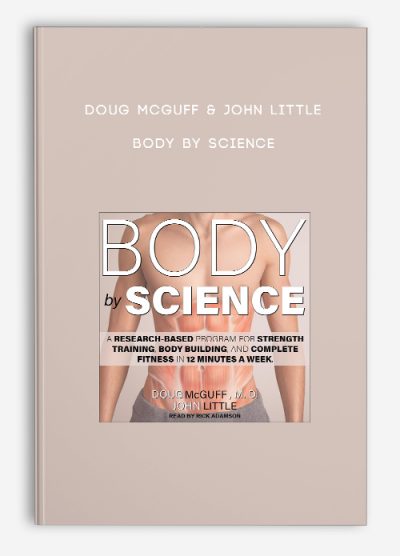

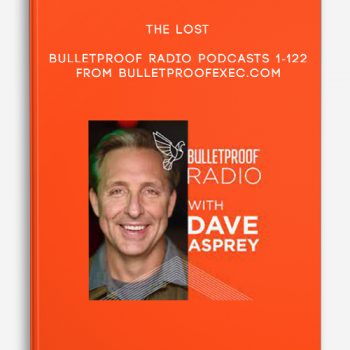
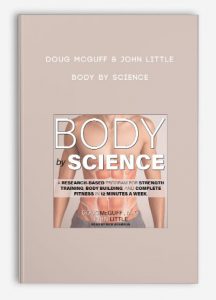
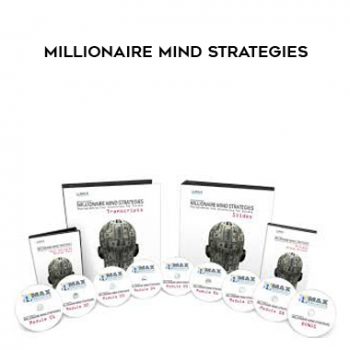

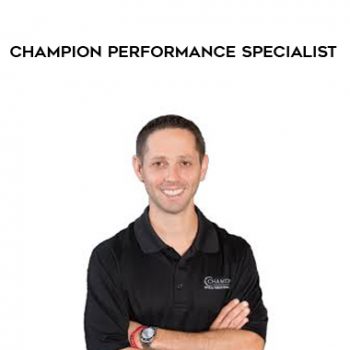
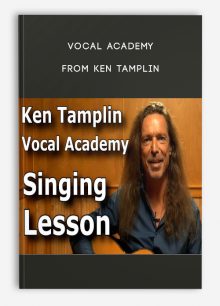
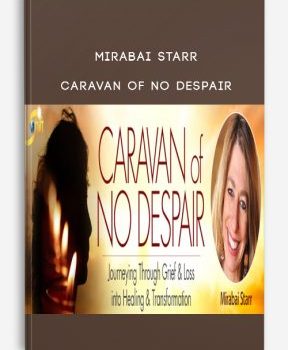

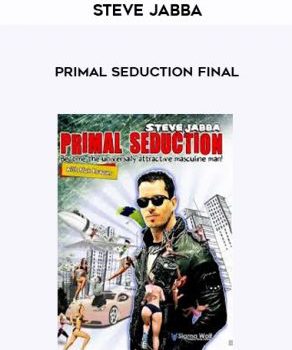
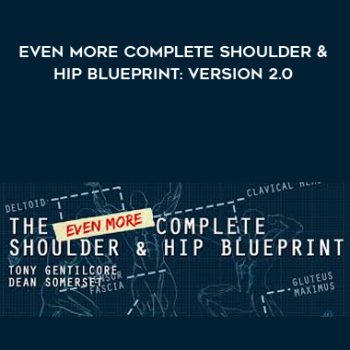
Lord –
This is Digital Download service, the course is available at Vincourse.com and Email download delivery.